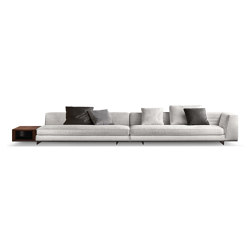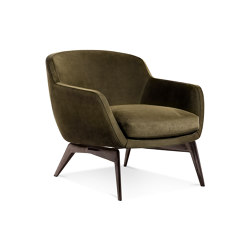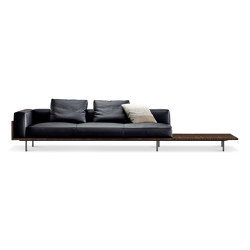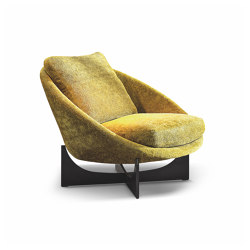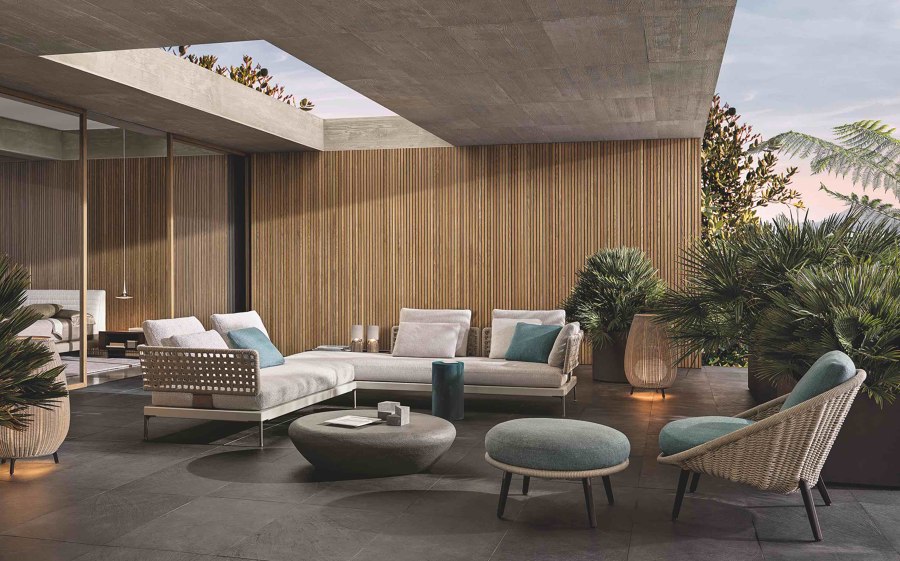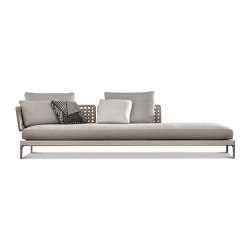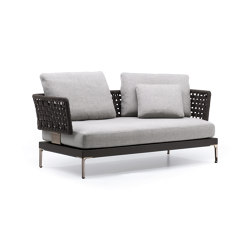Minotti's homage to mid-century style
Storia del Marchio di Dominic Lutyens
Meda (MB), Italia
19.10.21
Minotti's new 2021 collection is a tribute to mid-century style that includes versatile, modular pieces designed in collaboration with design greats such as Rodolfo Dordoni, Marcio Kogan, GamFratesi and Nendo.
Rodolfo Dordoni’s streamlined Roger seating system harmonises effortlessly with contemporary interiors
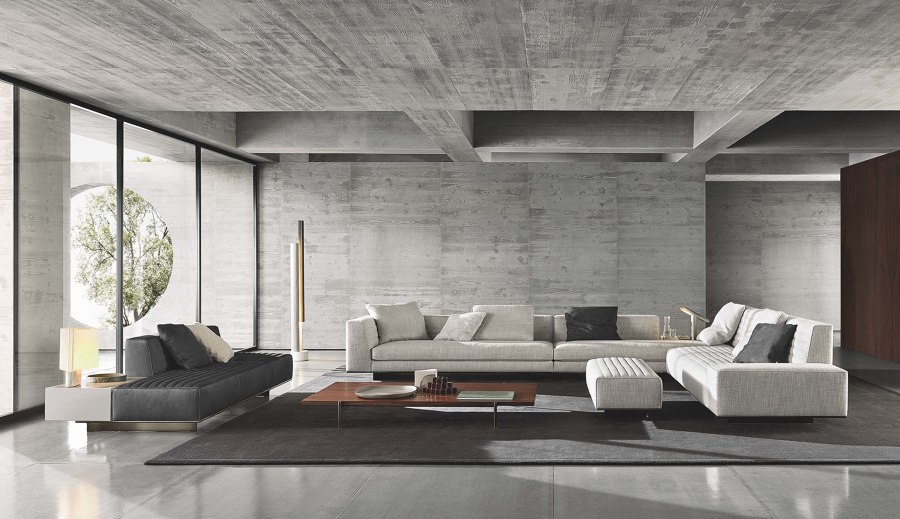
Rodolfo Dordoni’s streamlined Roger seating system harmonises effortlessly with contemporary interiors
×A key characteristic of Minotti’s furniture is the way it connects seamlessly with the contemporary interiors it’s found in. This is consistent with the overarching theme underpinning Minotti’s 2021 indoor and outdoor collections – a homage to mid-century modernist architecture, a major inspiration on interior design today. But Minotti’s tribute to the finest modernist architecture of the 1950s and 1960s isn’t simplistic. It recalls different strands of the modernist idiom, from Rationalism to its later incarnation, Brutalism, which was characterised by monolithic forms and raw concrete.
These influences are synthesised in the contemporary spaces for which the new collection is destined. Such modern surroundings also channel warmer, mellow aspects of modernist architecture and design found in such materials as honey-toned woods, matt or brushed metal surfaces and soft, tactile upholstery fabrics. The 2021 Collection was overseen by Rodolfo Dordoni, Minotti’s art director for over 20 years, and Minotti Studio, the company’s creative department, in collaboration with international designers with whom the company has cultivated enduring relationships such as Marcio Kogan, GamFratesi and Nendo.
Top: Dordoni's highly versatile Roger seating system. Above: Dordoni’s Belt collection is more classical with its rounded forms and enveloping backrests

Top: Dordoni's highly versatile Roger seating system. Above: Dordoni’s Belt collection is more classical with its rounded forms and enveloping backrests
×The new collection encompasses Dordoni’s versatile, modular Roger seating system and Belt seats. Modular and open-ended and suitable for both residential and hospitality sectors, Roger allows for countless configurations – a major asset to architects and interior designers. It comprises three types of elements – Roger Suite, with a cushioned, 101cm-deep seat; Roger Spring, featuring a quilted seat and backrest, and Roger Spring Sofa, an armless version with a 94cm-deep seat. All three variations boast sophisticated, quilted backrests and can be customised with high or low backrests, different kinds of armrests, side tables and storage units.
The affinity between Minotti furniture and modernist architecture is suggested, subliminally, by the interplay of vertical and horizontal forms found in Roger.
Belt, a collection comprising a sofa, an armchair, a bergère and footstool, small lounge armchair and small dining armchair, nods to the mid-century tradition of curvilinear but clean-lined furniture. The seating is inviting thanks to its cocooning backrests yet its firm upholstery and splayed legs – the latter a key characteristic of mid-century design – provide ample support and stability. Its leather or fabric upholstery necessitates highly skilled craftsmanship for it to follow the furniture’s contours, while keeping all visible seams perfectly straight and the stitches even.
Brasilia, Kogan’s seating system, with or without armrests, can incorporate stylish, practical side tables
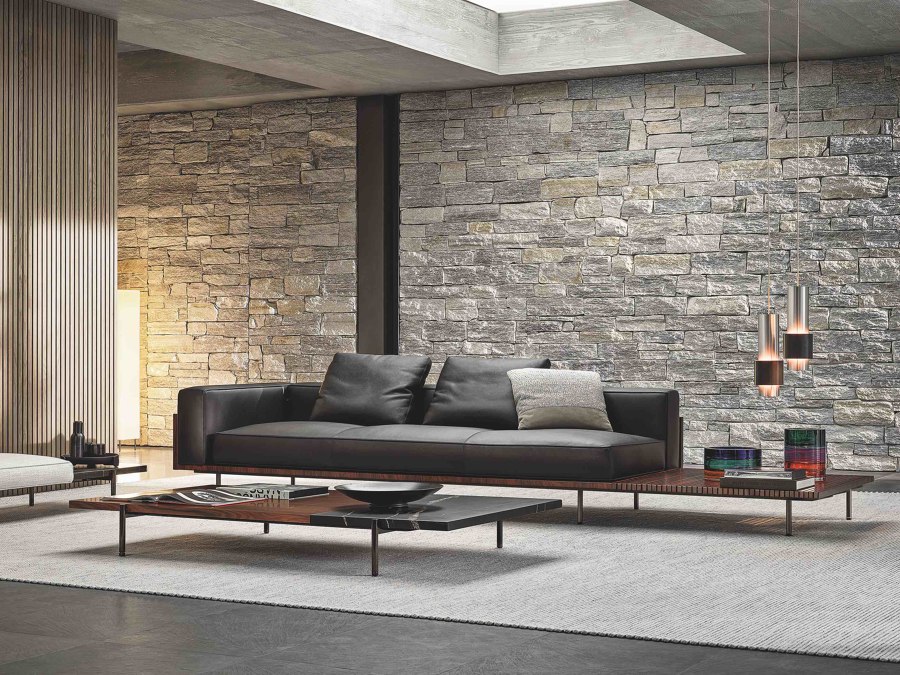
Brasilia, Kogan’s seating system, with or without armrests, can incorporate stylish, practical side tables
×The 2021 Collection also includes the Brasilia seating system and Superquadra storage units, tables, benches and coffee tables, all designed by Brazilian architect Marcio Kogan, founder of his São Paulo-based practice studio mk27. Superquadra is fashioned from an eclectic mix of materials, including palisander Santos wood, metal, marble, fabric and leather.
Kogan is known for his clean-lined architecture featuring simple forms and natural materials and his considerable input into the collection gives it a strong architectural flavour. His architecture is heavily inspired by his admiration for mid-century Brazilian architecture but he reinterprets it in his own personal way. Indeed Brasilia pays homage to the organic modernism of Oscar Niemeyer and Lúcio Costa, the futuristic city’s architect and urban planner respectively. Brasilia includes sofas, an armchair, ottoman and a bed, all contained by a frame in tonally rich palisander Santos wood.
Top: The new collection channels mid-century modernism with its rich variety of upholstery fabrics and dark-wood furnishes. Above: The indoor Lido armchair by GamFratesi rests on a X-shaped sculptural base
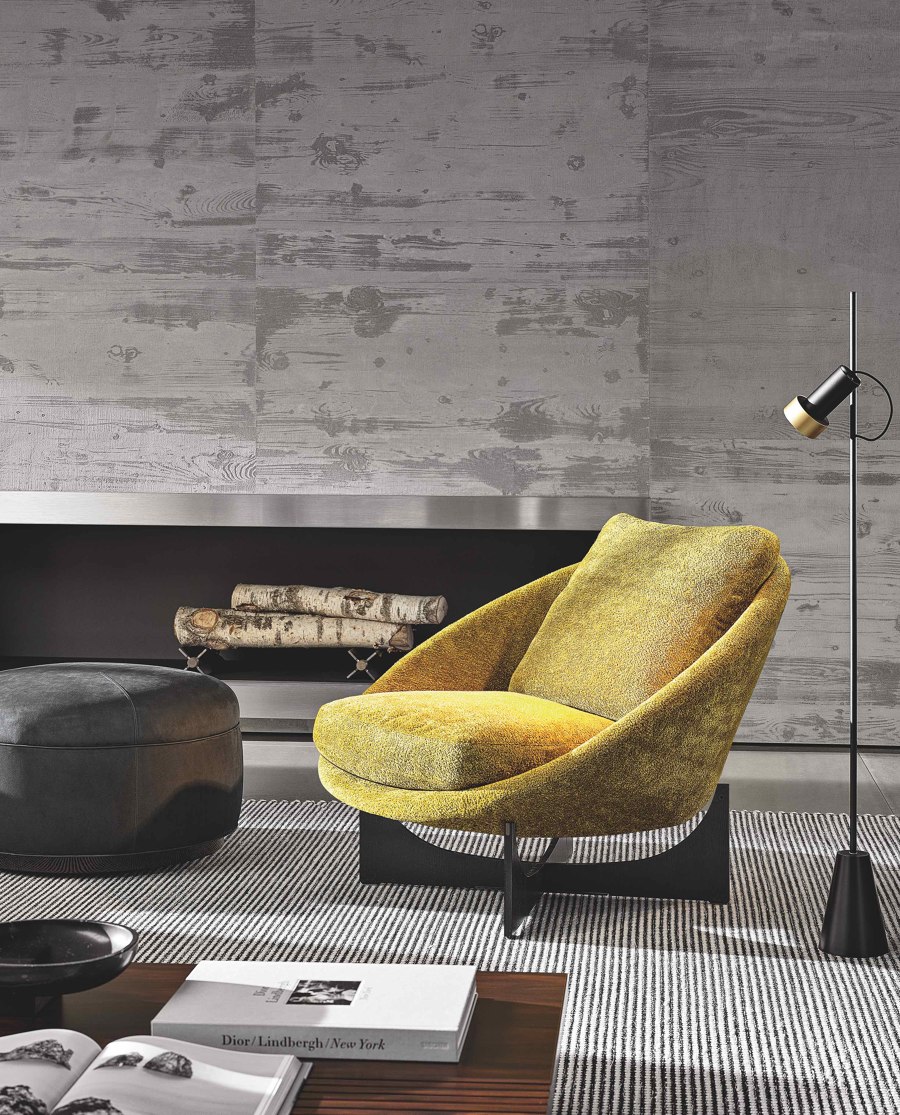
Top: The new collection channels mid-century modernism with its rich variety of upholstery fabrics and dark-wood furnishes. Above: The indoor Lido armchair by GamFratesi rests on a X-shaped sculptural base
×By contrast, Italian-Danish design duo GamFratesi’s 1950s-inspired Lido and Lido Cord Outdoor collections are distinctly organic: they allude to nature as well as architecture. This nod to nature is in keeping with the mid-century spirit since mid-century design was also inspired by nature. The enveloping, curved backrest and circular seat of Lido’s seating and Lido Cord Outdoor evoke a bird’s nest – and convey a similar sense of security.
Yet the Lido pieces, which also include a coffee table, are supported by the range’s signature, sculptural X-shaped bases or wooden legs. These draw attention to the pieces’ structure, giving them an architectural quality, too. The collection’s character is enhanced by accents of understated luxury; the bases of some pieces incorporate high-quality woods, coffee and bronze-toned lacquer finishes as well as decorative marbles found, too, in the Superquadra benches and Lido coffee table tops.
GamFratesi’s outdoor Patio collection unites an eclectic repertoire of materials
Patio, an outdoor seating system also designed by GamFratesi, reflects Minotti’s advanced research into materials. After having previously explored the use of woods, such as iroko and teak, Patio proposes a broader palette of unexpected materials – aluminium, woods, stone and cord. The new collection encompasses a variety of pieces ideal for sociable gatherings, such as a coffee table, bench and ottoman.
© Architonic



